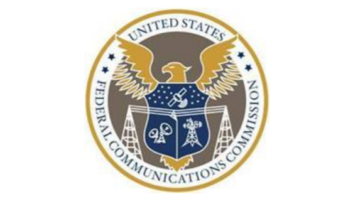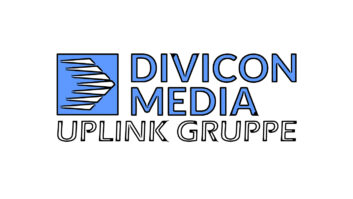Objections were filed against the decision to name one applicant as the tentative selectee for two separate noncommercial educational (NCE) FM construction permits in Florida.
The applications were part of the Federal Communication Commission’s 2021 NCE filing window. During that window, the Media Bureau designated several groupings of applicants as members of a mutually exclusive (MX) group.
The bureau noted that Ethree Group Inc. (EGI) was designated as a member of both NCE MX Group 52 and NCE MX Group 57. For both groups, the bureau identified the EGI application as the tentative selectee of the group after conducting a fair distribution analysis.
But after that notification, multiple groups filed either an informal objection or a petition to deny EGI’s selection.
In the case of Group 52, the other application identified as mutually exclusive — Vida Ministry Inc. (VMI) — argued that the bureau improperly relied on EGI’s fair distribution attachment, which VMI said contained inaccurate service population totals based on a different transmitter site (in Big Pine, Fla.) instead of the proposed community of Key Colony Beach, Fla.
VMI argued that without accurate population totals, the bureau should reject EGI’s fair distribution claim and declare the VMI application as the tentative selectee of NCE MX Group 52.
[See Our Business and Law Page]
A similar argument was made by REC Networks when it filed an informal objection to EGI’s selection as the tentative selectee of Group 57. In that case, a petition to deny was also filed by Montgomery Broadcasting Inc. (MBI) and Indian River State College (IRSC).
REC and IRSC argued that EGI’s fair distribution claims were flawed for several reasons: the population totals in the EGI application failed to account for the overlapping contours of at least six additional stations in the proposed 60 dBu service area (which would result in EGI providing first NCE service to 6,208 people, second NCE service to 19,539 people, and combined first and second NCE service to 25,747 people).
If these population totals are used, no applicant can claim a first or a combined first and second NCE service that is at least 5,000 more than any other applicant. As a result, EGI, MBI and IRSC should be reevaluated under a point system analysis, the objection said.
In each instant, EGI responded to say that its proposals are accurate. In the case of Group 52, EGI argued that it experienced filing complications and as a result, it mistakenly attached the exhibit for a different application. In the case of Group 57, EGI maintained that its proposal is superior to the IRSC application because both its first and second service population totals (as well as its total land and population area covered) are greater than IRSC’s.
In considering these issues, the bureau made it clear that applicant fair distribution claims must be readily ascertainable from timely application exhibits.
In the case of Group 52, EGI’s application includes an exhibit that reflects the population totals of a community that is not its proposed community of license, the bureau said. Even though EGI filed an amended fair distribution service exhibit reflecting accurate population totals for Key Colony Beach, the bureau has consistently rejected these types of post-window amendments.
[Sign Up for Radio World’s SmartBrief Newsletter]
Since EGI’s application did not contain the required exhibit at the time the window closed, the bureau decided to rescind its tentative selection of the EGI application.
In the case of Group 57, the bureau said it is unable to rely on EGI’s calculations to determine if its proposal satisfies proper thresholds needed for a tentative selectee. In this case too, the bureau rescinded the initial selection of the EGI application as the tentative selectee.
For Group 57, the bureau decided to conduct a new fair distribution analysis in which MBI and IRSC are the two remaining applicants. From there, the bureau decided to proceed to a point system analysis, which is conducted whenever the bureau cannot make a definitive selection.











